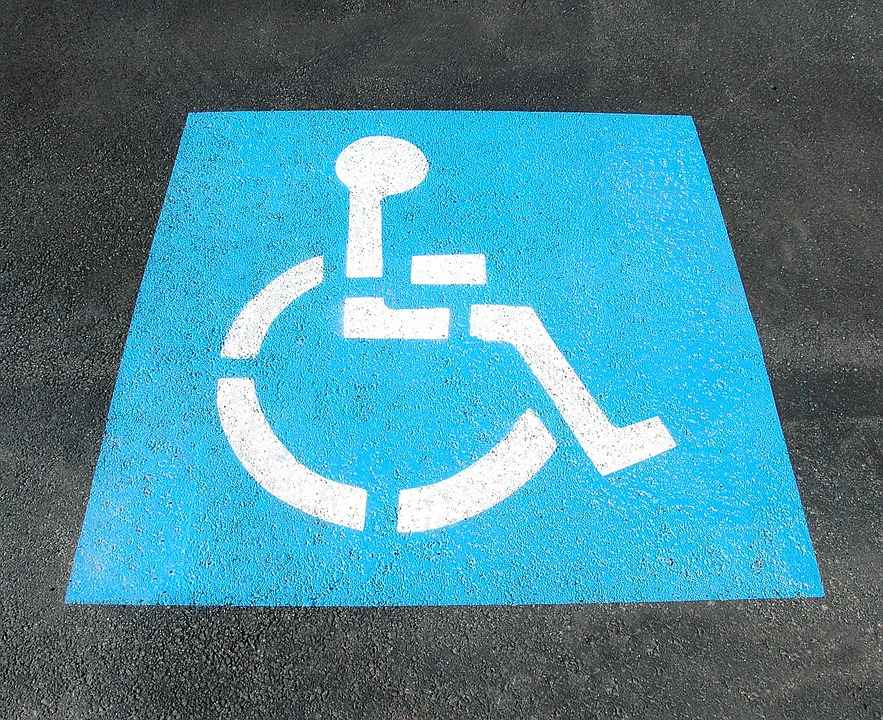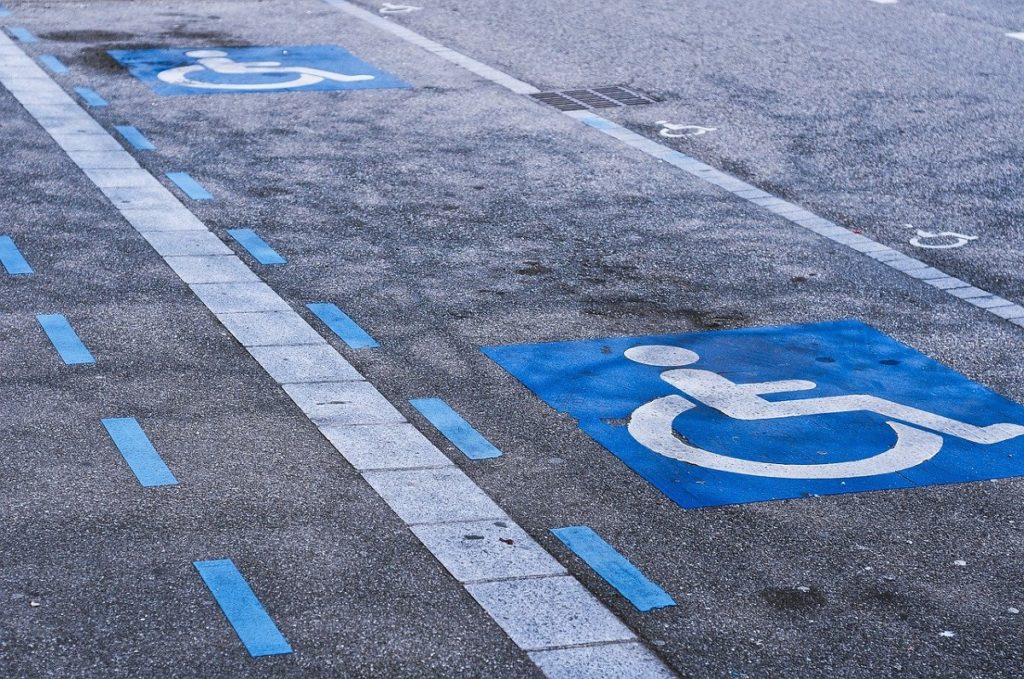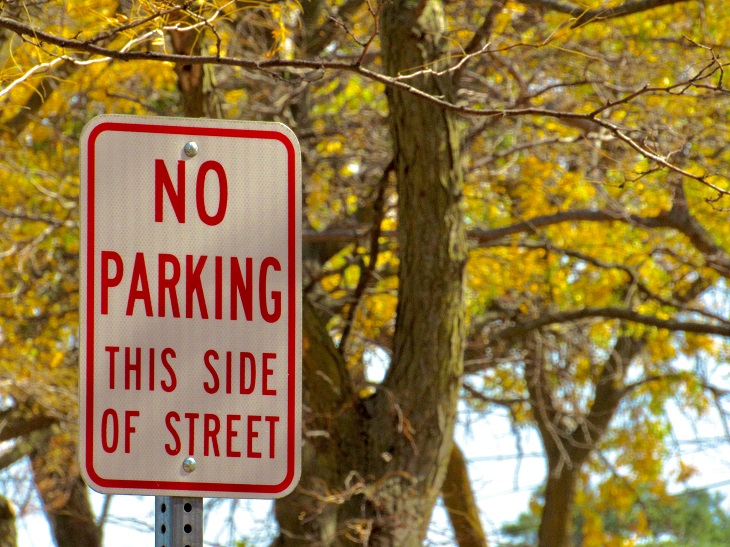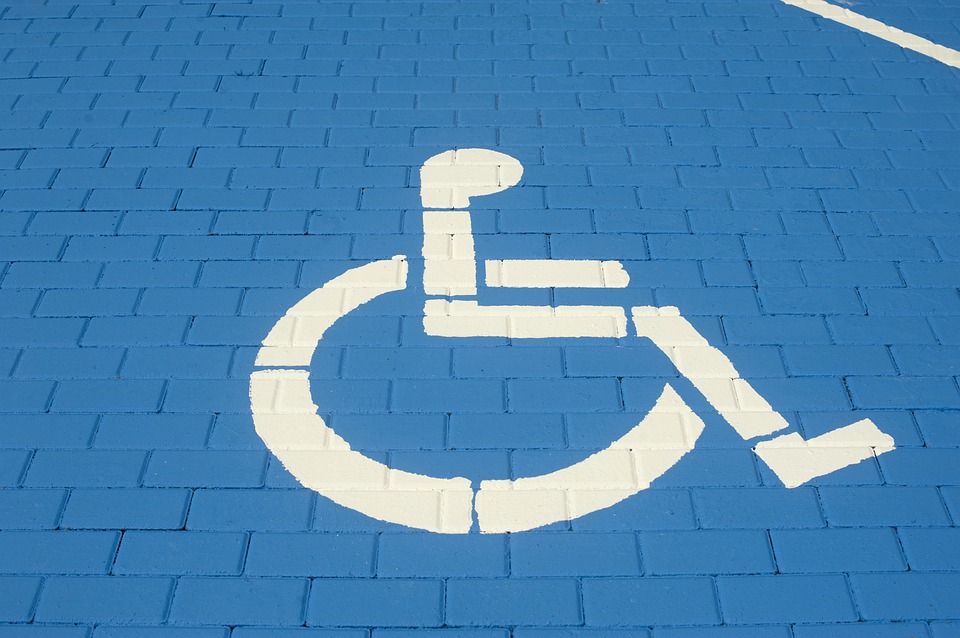Driving can be difficult – and parking even more so. Finding a suitable parking space as a disabled driver, especially someone with reduced mobility, can be a real cause of stress. Not only are many regular parking spaces too narrow for larger or adapted vehicles, but you could find yourself needing to walk across a very large carpark to reach your destination!
Luckily, a disabled parking permit can help to make parking much less stressful. Disabled drivers in the state of Nevada can avail of a Nevada disabled parking placard, which is the only legal way to access specifically designed and conveniently located disabled parking spots.
There are a few medical conditions that qualify for disabled parking, and in this blog we’ll be going through the qualifying conditions for a disabled parking placard in Nevada. After reading this, the application process for a permit should seem easier to follow. So to begin, let’s answer this question: what qualifies you for a disability placard in Nevada?

Qualifying Conditions For A Disabled Parking Placard In Nevada
The State of Nevada Department of Motor Vehicles classifies the following medical conditions as eligible for a disabled parking permit in the Silver State, and grants a placard to any resident who:
- Cannot walk two hundred feet without stopping to rest.
- Cannot walk without the use of a brace, cane, crutch, wheelchair or prosthetic, or other assistive device, or another person.
- Has a cardiac condition to the extent that functional limitations are classified as Class III or Class IV according to standards adopted by the American Heart Association.
- Is restricted by a lung disease to such an extent that the person’s forced expiratory volume for 1 second, when measured by a spirometer, is less than 1 liter, or the arterial oxygen tension is less than 60 millimeters of mercury on room air while the person is at rest.
- Is severely limited in his/her ability to walk because of an arthritic, neurological, or orthopedic condition.
- Has a visual disability.
- Uses portable oxygen.
Who qualifies for a disabled license plate in Nevada?
If you have one of the above conditions, you qualify for a Nevada disabled parking permit. However, you still need to complete the application process in order to receive your permit – this is not an automatic thing for anyone with a disability!
We’ll go through the application process for a permit below; however, it’s also worth mentioning that just because your disability or illness isn’t mentioned above, it may still be possible for you to avail of a disabled parking permit. Some disabilities may greatly interfere with a person’s daily life even if they are not particularly common (or visible). If you feel as though your condition should qualify you for a permit, speak to your physician to see what they advise. Dr Handicap can help you to arrange this consultation online via telemedicine.
Nevada classifies qualifying disabilities into three groups: permanent, moderate, and temporary. The condition you have will affect the placard available for you and the length of time for which it is valid. For example, if your condition will improve in less than six months, you would fall into the temporary category, and your permit would last a maximum of six months before expiry. Moderate disabilities are eligible for a permit of a maximum of two years (the exact period is to be confirmed by a medical professional), and for permanent disabilities you can receive a permit of ten-year validity, as well as plates if you like.
For permanent permits, you will be always be mailed a renewal notice prior to expiration and the renewal process is very easy. It’s important to note that no reminder is sent for those with temporary placards, so you must keep track of your permit’s validity yourself.

How do I get a disability placard in the state of Nevada?
Nevada has a well-run disabled parking program and the application process is effective and streamlined. Once you complete your medical consultation, your physician will give their certification, which is an essential part of the process. The Disabled Persons License Plates and/or Placards Application form should be filled out by both you and the physician in your respective sections.
Once this step is complete, you can send the completed form by post for processing, or drop it in in person to your local DMV office. If you’re applying for plates, this stage must be done in-person and it requires you to provide your vehicle registration details.
Disabled parking placards in Nevada are free of charge. You should receive your permit shortly after submitting your application, but you can contact the Nevada DMV directly if you have questions about the status of your application. And remember to contact Dr Handicap to book your online medical consultation!
Featured image by David Lusvardi on Unsplash







